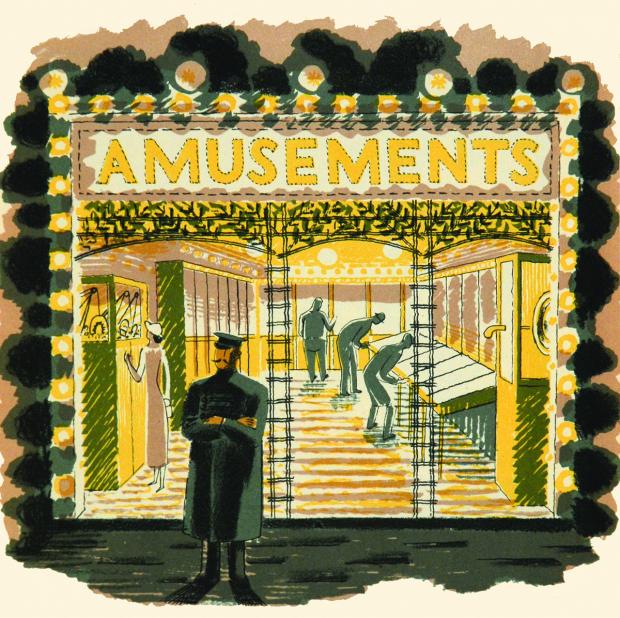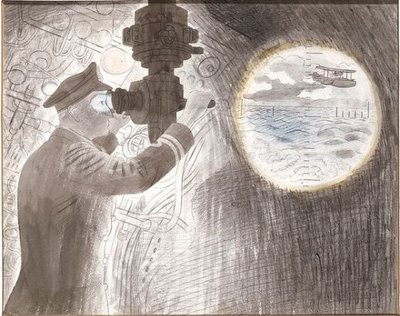The Naming of Cats is a difficult matter,
It isn’t just one of your holiday games;
and the naming of illustrators is equally important, Mr Eliot.

The Naming of Cats is a difficult matter,
It isn’t just one of your holiday games;
and the naming of illustrators is equally important, Mr Eliot.
I had an old ruler, a freebie from an advertising company. On its clear plastic length, it read
It’s the Eye that Buys
I can’t argue with that – even for books. But there’s more than immediate appeal,we also say that:

I loved the British Library’s Terror and Wonder: The Gothic Imagination exhibition so much I went twice. So you can imagine how happy I was to see that there’d be a panel discussion with some of my favourite authors. Continue reading
On light and dark in children’s literature
This is a conflicted post – unresolved and written from the heart. I really don’t know what I think – yet. I feel it is genuinely important – and not just intellectually. There’s an undercurrent of empathy with younger readers and what stories mean to them that runs deep.
In the winter months especially, I crave the dark and the macabre. I revel in ghost stories. I re-read shadowy treasure such as M. R. James and Joan Aiken’s spookier tales. I listen to haunting audio (Kate Mosse’s The Mistletoe Bride and Radio 4’s Edinburgh Haunts). I itch to review Frost Hollow Hall for my Wedding Ghost blog.
As far as I can recall, I’ve always loved the dark and frightening. One of my very earliest memories is of my lovely and much-missed Nanna chasing me up the stairs bear-fashion and me begging her to ‘growl me Nanna’. It’s a deep-rooted part of my psyche.
It was therefore a pleasure for me to go to London for an IBBY talk involving Sally Gardner, Chris Priestley, Susan Cooper and Geraldine McCaughrean. (There’s an account of it here with some of the wisdom the four writers kindly shared). En route, I read Tinder -Sally Gardner’s new and extraordinary book so that I could cover it for Serendipity Reviews.
I like my fairy stories unbowdlerised – and Tinder is certainly that. I don’t want them sanitised and sweetened. The same goes for many other stories – I thought the Hollywood-style ending of The Woman in Black film was a travesty. I can take a dark and tragic ending.
Yet the discussion on ‘happy endings’ left me stimulated but confused. On one hand, Chris Priestley definitely doesn’t feel the need for cheery resolution to a story – a tale doesn’t have to have a point, a function in his view. That resonates – cheap and easy ‘morals’ and ‘issues fiction’ strike me as patronising and likely to be favoured by the Mr Goves and Mr Gradgrinds of this world.
However, one of the things I dislike most is cynicism. I loathed the end of The Hunger Games trilogy – it seemed to say the world is a bleak mess controlled by vile people and there’s nothing you can do about it. My still-adolescent heart wants to change things and I think defeatist, miserablist attitudes allow greed and all manner of other nasties to triumph. (rant over)
So I rejoiced when Geraldine McCaughrean said ‘Catharsis is good for you’ – that she wanted stories that left children with ‘some kind of hope.’ As she said, ‘all their colours are acid-bright and their feelings burn with adrenaline’. I feel writers do have some sort of responsibility.
As a survivor of depression, I need hope. Happy-clappy, isn’t everything lovely endings don’t work for me – if anything it makes matters worse. But the utterly bleak fills me with despair too. I don’t think younger readers are so much different – or at least, not the ones I’m writing for.
So as I said, I have no definitive opinions on this one – I’m still fumbling around. At present the best I can see as my purpose is:
to comfort the disturbed
and disturb the comfortable
What are your thoughts? What place is there for hope, or unadulterated grim reality. Should we focus on the shadow or the star?
My title this week comes from an article in the Guardian about the artist Eric Ravilious, famous for his watercolours of the Sourh Downs. I went to see an exhibition of his more commercial works on Wednesday 16th October at Pallant House Gallery, Chichester. (It’s on until 8th December, well worth a look – and that section of the gallery is free.)
The night before I’d been to see Neil Gaiman read Fortunately the Milk in London. he was asked by tweet where he gets his creative energy from. I’m paraphrasing so it’s not exact but his response was that he enjoys creating.
I should have expected that. It comes over in his exuberance and his mad hair.

Now for the connection with a somewhat obscure artist of the 1930s, whose work is instantly recognisable, distinct and for me a source of delight.
In the exhibition, you can see how Eric Ravilious made little everyday things like letter heads cheerful. His playfulness comes through in the artwork.
And it isn’t just appealing subjects like arcades.

He gives even life in submarines a certain jauntiness. Some of that stems perhaps from his personality – see The Guardian article – yet I suspect something more than just lightness of touch.
There’s more to why he engages contemporary viewers. A sense of ‘interestedness’ in his work. That he took time to observe and delight in the particular. To see specific details in almost anything that set it apart.
An example might make what I mean clearer.
He produced the delightful illustrations in 1938 for ‘High Street’ – a book for children about shops.(A plea to Mainstone Press who publish lovely books including collections of Ravilious’s work – please could they redo this one in a format a poor writer can afford!)
They are in some ways generic – typical of all shop fronts. I would guess a woman from Kyoto could look at them and see something recognisable. Yet they each have exact and carefully rendered differences apart from the obvious names and articles for sale. He hasn’t done a visual copy-and-paste. He’s looked for interesting bits to put in.

I would imagine they come from lots of sketchbooks – and that the finished works are a mixture rather than an exact reproduction of any one real scene.
I see that as a metaphor for good, enjoyable writing. We look for the specific and the interesting to give life to our work. We get a buzz from observing and then assembling all these snippets and sketches in pleasing forms. Same as any creator, I suppose.
And I think of the era in which he was creating. Of how he was lost at sea near Iceland in September 1942. He wasn’t making superficially jolly work in easy circumstances.

A Ravilious woodcut showing the Long Man of Wilmington – and Taurus.
That’s what the best of creativity does: it finds and produces beauty wherever we are. It brings hope.That has to be a source of joy.
I’ve been visiting Art Galleries a great deal this last year- a pursuit I intend to keep up in 2013. One of the things I do there is to observe which works have an emotional appeal for me. I try, as best I can, to get over whether I ‘ought’ to like something or not, and go for the immediate heartfelt response. Recently, I have noticed I am drawn to winter landscapes.
I believe it is the plainness: the almost abstract simplification of the landscape down to its bare bones. There is not much in the way of colour to distract, and the purity of line comes through powerfully. The artworks I love manage to convey a precise place and mood through very little.
I like to believe it’s the Northernness in my soul that swells up when I see a broad expanse of pale moorland, that some flicker of Viking inheritance glows when I feel the thrill of the bleak and the bare. Truth told, I don’t want to be out there for too long – but I do love walking by the winter sea or in breezy leafless woods.
And I aspire for my writing to reflect that. Not just my love of such things – but for the stories to be strong and bold enough that they don’t need prettiness.
It’s ambitious – I am all too much of a magpie, easily seduced by the sparkly and the curious. But it’s wise to dream. To see, at least in my mind’s eye, a perfect sparse and bold image.
Which season does your writing favour? They all have their magic.